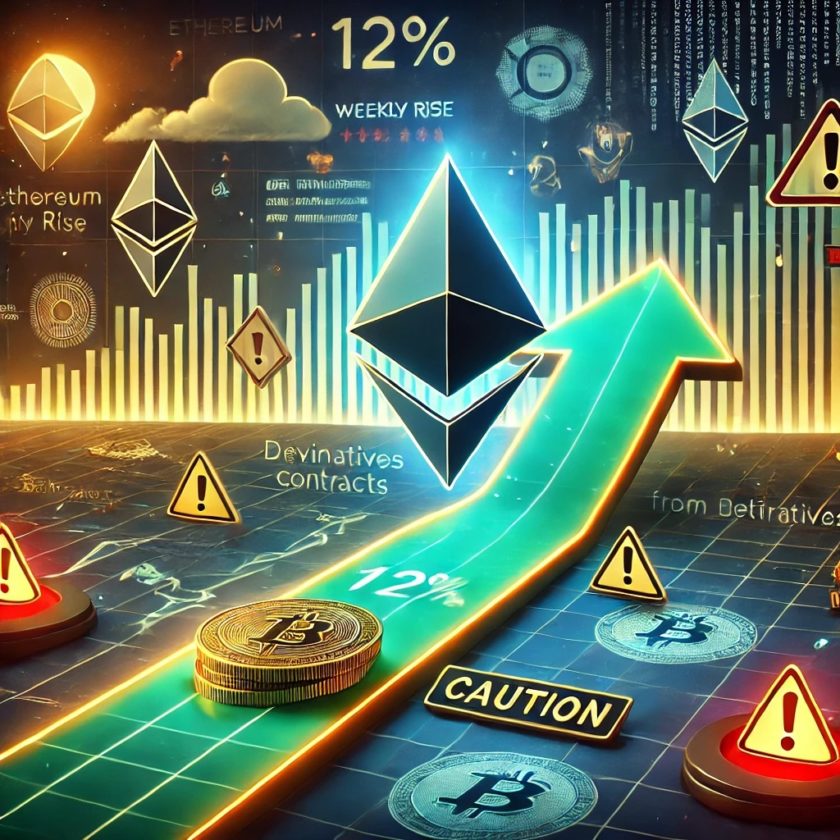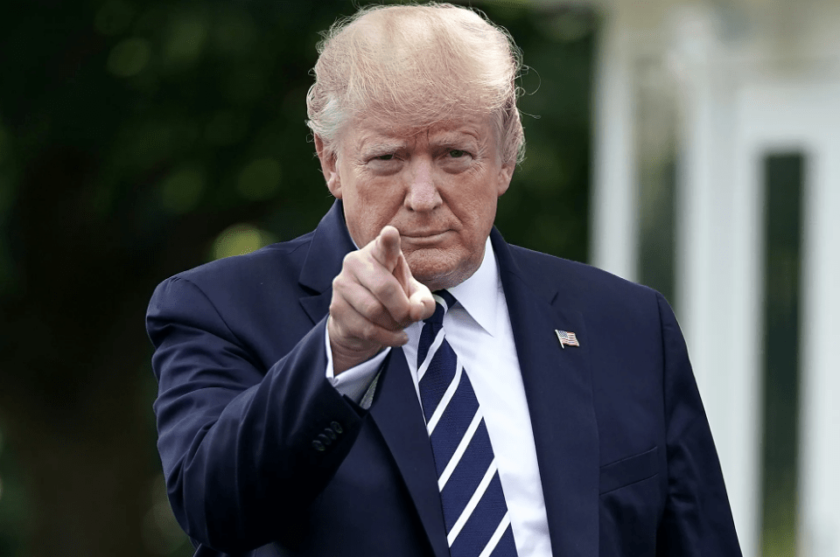A Latvian artist going only by the name of Kiwie has announced their intention to release more than a thousand nonfungible tokens that represent real-world street art.
According to a statement from Kiwie, the nonfungible token, or NFT, pieces will allow art connoisseurs to physically own street art without removing the brick wall, sidewalk, or other infrastructure to which it was applied. The NFTs feature 3D renderings of the artist’s “Fat Monster” character spray painted in 1001 real-world locations with corresponding geotags.
“Using NFTs to represent ownership allows to maintain the beauty of the art intact,” said Kiwie. “Blockchain is not just a buzzword here, it legitimately enables something that used to be impossible.”
Kiwie plans to drop five NFTs for existing street art pieces starting April 13 on the marketplace Rarible. The artist intends to schedule additional drops periodically over the next five years. According to Kiwie’s website, the artist plans to create roughly 5-6 pieces of street art used for NFTs in 195 countries, starting with Latvia, Lithuania, and Estonia.
The artist’s work has drawn both approval and criticism over the years. They have spray painted the Duke of Lancaster’s ship in Wales and become well known for their monster paintings around the Latvian capital of Riga. Though some of the artwork has presumably since been removed, the ones associated with the NFTs will operate differently. In a bridge between physical and digital art, should even one of the 1001 real-world monsters be destroyed or painted over, the NFT will remain, but their associated image will transform into a “ghost monster” — a translucent, halo clad version of the same artwork.
The offering is part of a growing trend for crypto users to associate more data from the real world with their NFT counterparts. Last month, IoTeX, a privacy-focused platform for the Internet of Things, announced it had been developing a device capable of recording and encrypting data including location, temperature, air quality, and motion to NFTs, allowing holders to verify their proof-of-presence.




